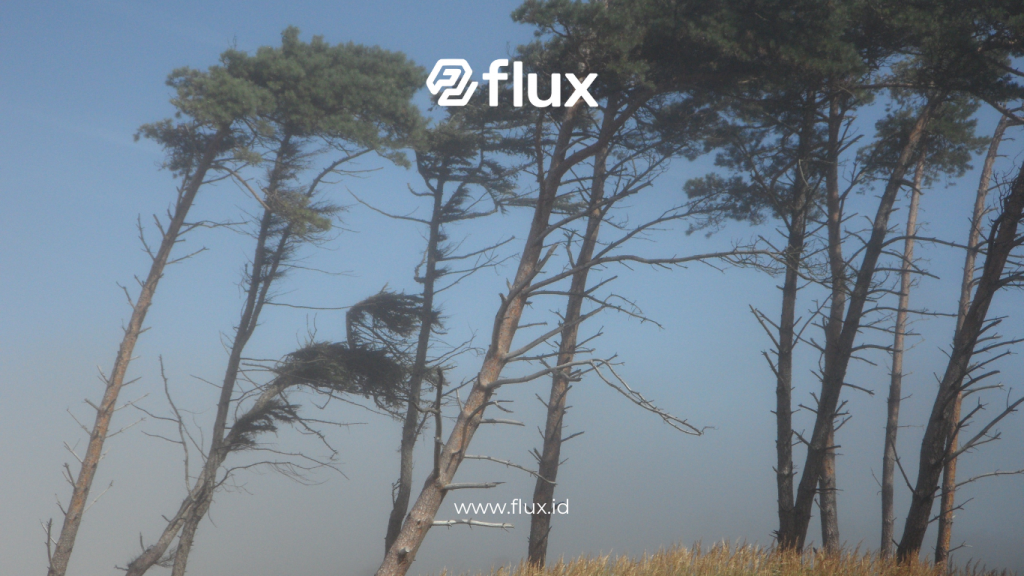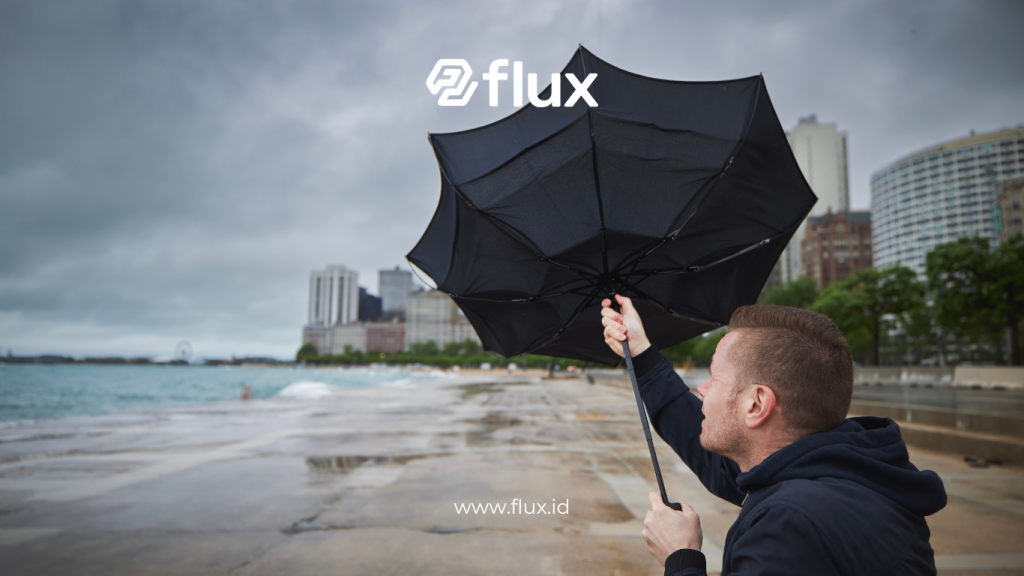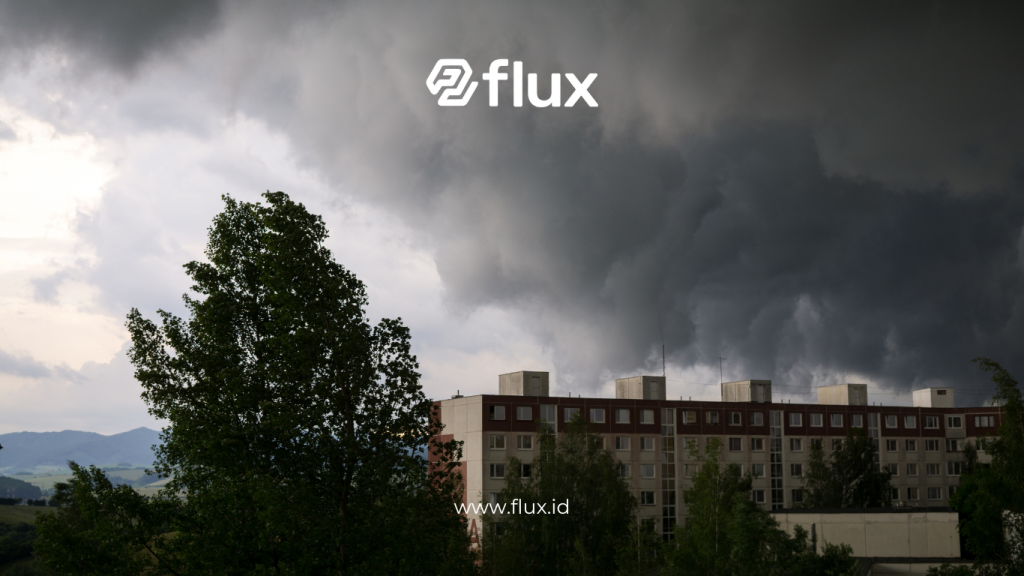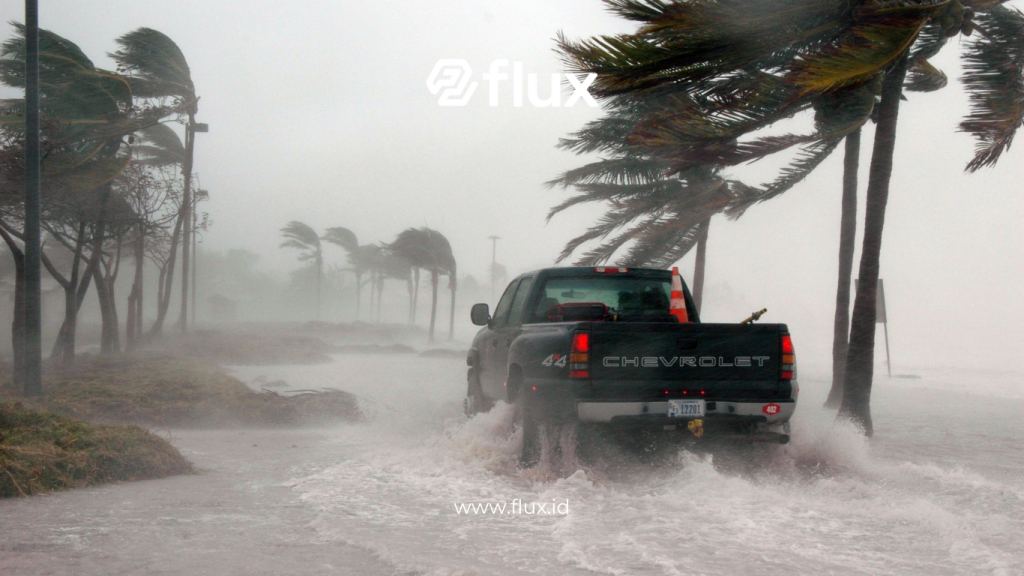Don't miss our holiday offer - 20% OFF!
Natural disasters like storms and high winds cause significant damage. To reduce their impact, early detection is critical. IoT (Internet of Things) sensors provide real-time weather data, offering vital information before a disaster strikes. This article discusses how IoT sensors work for storm and high wind monitoring and their benefits.
Contents
- 1 What Are IoT Sensors for Storm Monitoring?
- 2 How Do IoT Sensors Work in Storm Monitoring?
- 3 Benefits of Using IoT Sensors for Storm Detection
- 4 Supporting Technologies for IoT Sensors in Storm Monitoring
- 5 Applications of IoT Sensors for Storm Monitoring
- 6 Challenges in Implementing IoT Sensors for Storm Monitoring
- 7 The Future of IoT Sensors in Storm Monitoring
- 8 Case Studies: Implementing IoT Sensors for Storm Monitoring
- 9 Conclusion
What Are IoT Sensors for Storm Monitoring?

Read More: How Anemometer Sensors Work in Tropical Storms
IoT sensors collect, process, and transmit weather data via the internet. Storm monitoring sensors detect weather changes, such as wind speed, air pressure, and humidity. These sensors provide real-time data to authorities, enabling them to make quicker decisions.
How Do IoT Sensors Work in Storm Monitoring?
IoT sensors gather weather data from locations prone to storms. Below are the key components of storm monitoring technology:
- Wind Speed and Direction Sensors: These sensors measure wind speed and direction. They help detect shifting winds that signal an impending storm.
- Air Pressure Sensors: Rapid changes in air pressure often indicate extreme weather. These sensors monitor such changes in real-time.
- Humidity and Temperature Sensors: These sensors track humidity and temperature, which influence storm formation.
- IoT Data Network: The sensors transmit data through an IoT network. This allows authorities to access and analyze the data in real-time.
Benefits of Using IoT Sensors for Storm Detection

Read More: Using IoT for Flood Prevention: Smart Solutions for Disaster Mitigation
Using this IoT sensors offers several benefits:
- Early Detection: IoT sensors continuously monitor weather conditions. They can detect changes early, allowing for timely warnings.
- Quick Decision-Making: Authorities can use real-time data to issue alerts or evacuate areas ahead of a storm.
- Risk Mitigation: Early detection helps minimize the disaster’s impact on lives, property, and the environment.
- Cost-Efficiency: Automated data collection reduces the need for manual monitoring, making the system more affordable.
Supporting Technologies for IoT Sensors in Storm Monitoring
Several technologies enhance the effectiveness of IoT sensors:
- Wireless Communication: IoT sensors use LTE, 5G, or satellite networks to transmit data quickly. This ensures real-time communication from remote areas.
- Cloud Computing: Data is processed and stored in the cloud. This allows for easy access and predictive analysis.
- Artificial Intelligence (AI): AI analyzes data patterns. It helps predict weather trends that may signal a storm.
- Big Data Analysis: IoT sensors process large volumes of data. This leads to more accurate storm predictions and better decision-making.
Applications of IoT Sensors for Storm Monitoring

Read More: How Weather Sensors Support Park Departments: Technology and Benefits for Better Park Maintenance
IoT sensors have various applications across different sectors:
- Agriculture: Farmers can use storm data to protect crops from extreme weather.
- Maritime Industry: Shipping companies rely on storm data to adjust routes and avoid dangerous conditions.
- Disaster Management: Emergency teams use IoT sensors to anticipate storms and prepare response plans.
Challenges in Implementing IoT Sensors for Storm Monitoring
Implementing IoT sensors comes with challenges:
- Network Infrastructure: Some areas lack the necessary communication networks to transmit data quickly.
- Installation Costs: Setting up sensors and infrastructure can be costly.
- Sensor Reliability: Sensors must withstand extreme weather conditions to remain effective.
The Future of IoT Sensors in Storm Monitoring
The future of IoT sensors is promising. Sensors are becoming more accurate and durable. Additionally, new technologies like drones and blockchain are being integrated into storm monitoring systems, further improving their capabilities.
Case Studies: Implementing IoT Sensors for Storm Monitoring

Read More: Demystifying Anemometer for Extreme Winds
Several countries are using IoT sensors for storm monitoring:
- United States: Agencies use IoT sensors in high-risk areas like Florida and Texas to track storms and issue early warnings.
- Japan: Japan uses sensors along its coastline to monitor high winds and storms, ensuring timely warnings for residents.
- Indonesia: Coastal areas in Indonesia are adopting IoT technology to detect storms, helping to protect vulnerable regions.
Conclusion
IoT sensors for storm and high-wind monitoring are a significant advancement in disaster mitigation. These sensors offer real-time data, predictive analysis, and early detection, which help improve safety and reduce disaster impacts. Despite challenges, the benefits of this technology are undeniable, offering protection for communities in disaster-prone areas.





